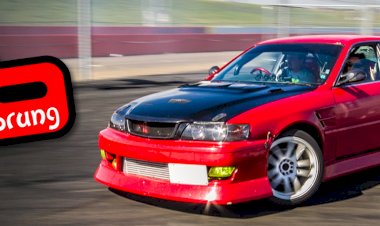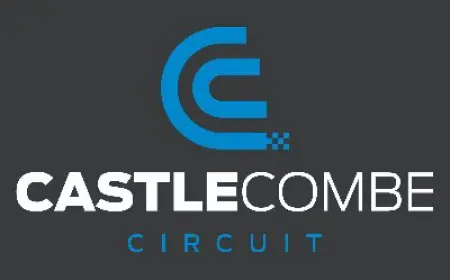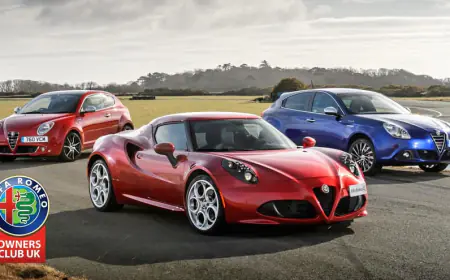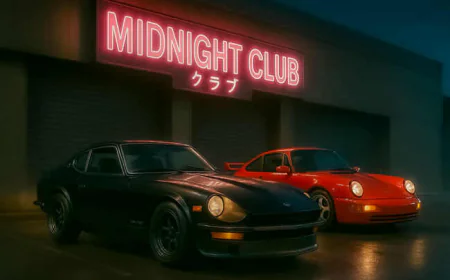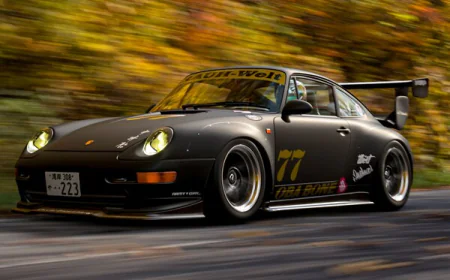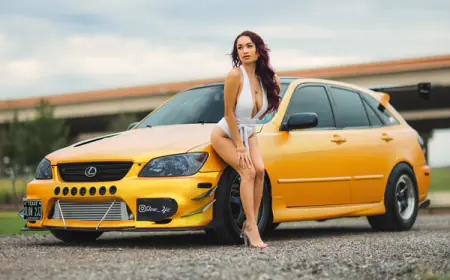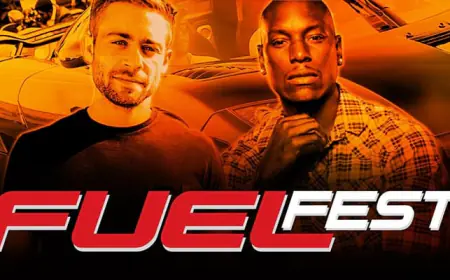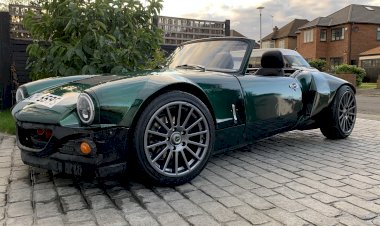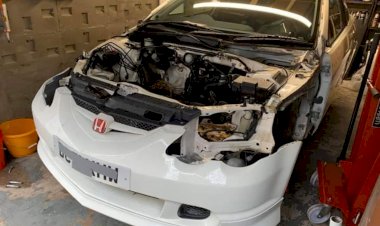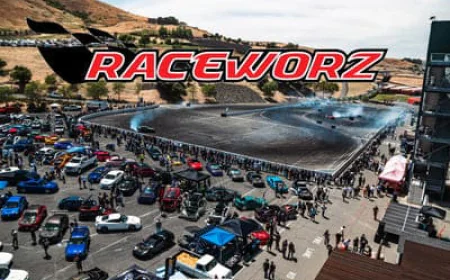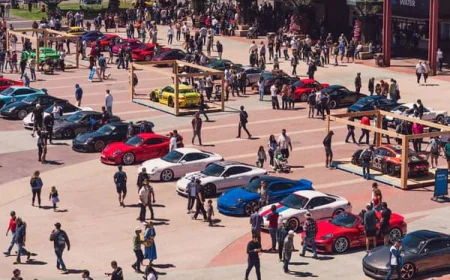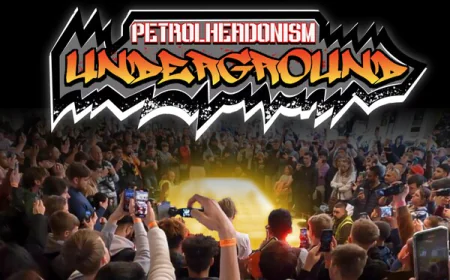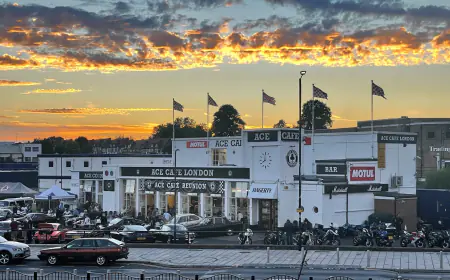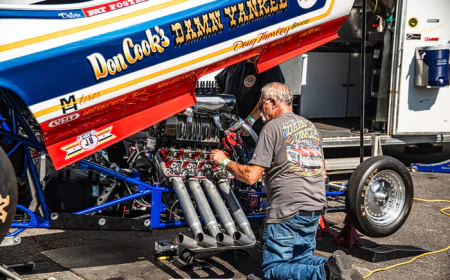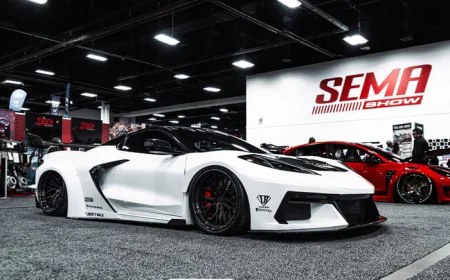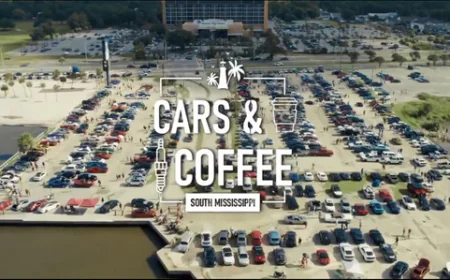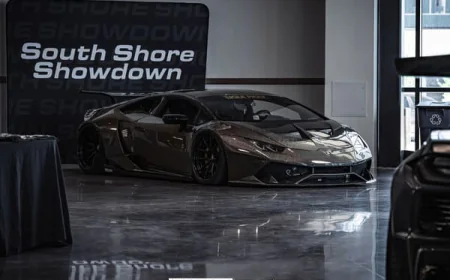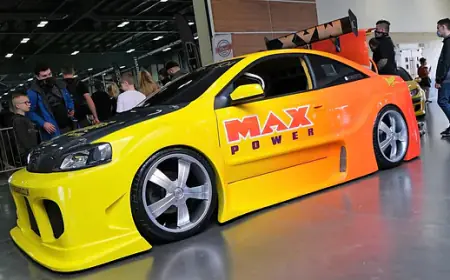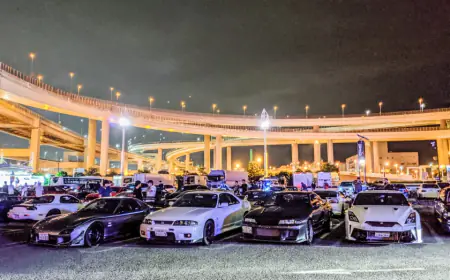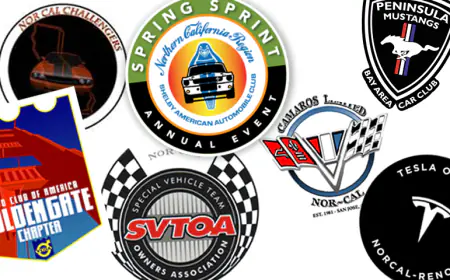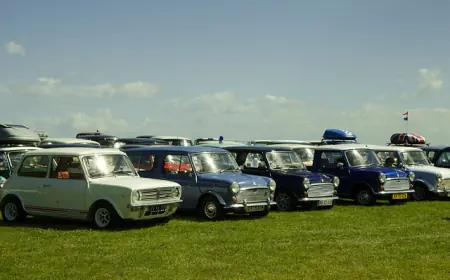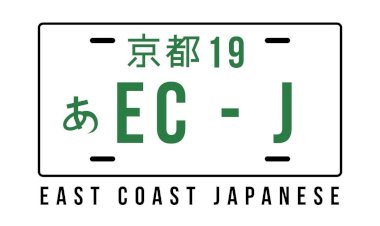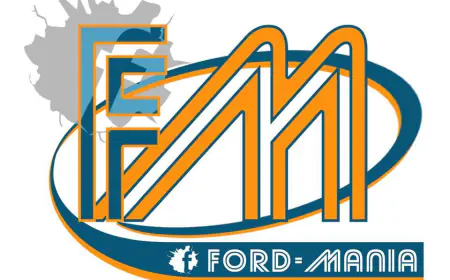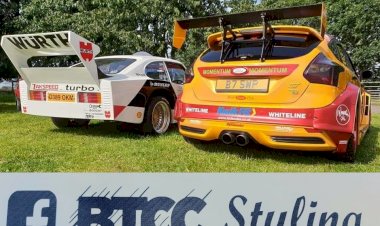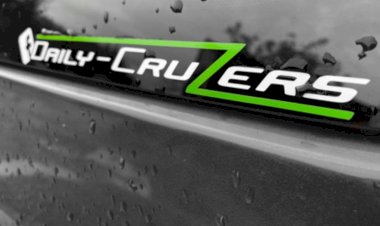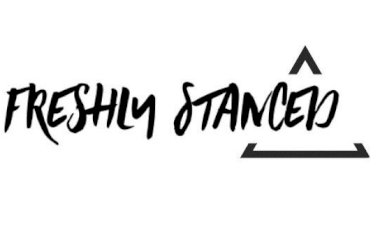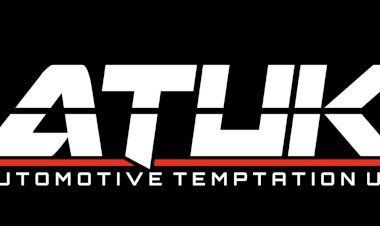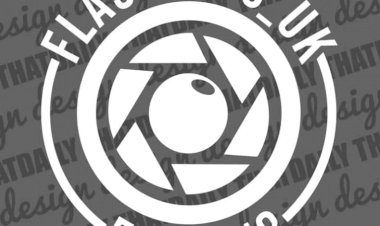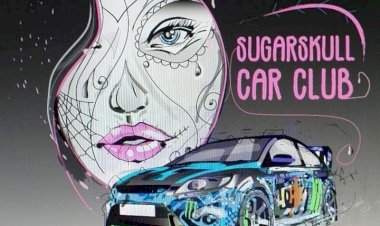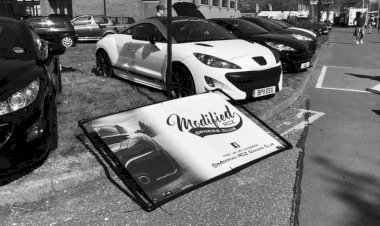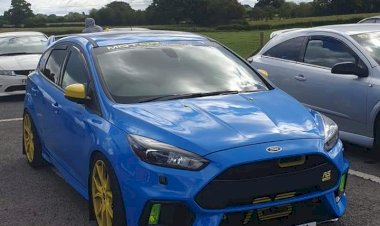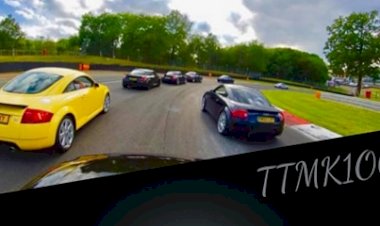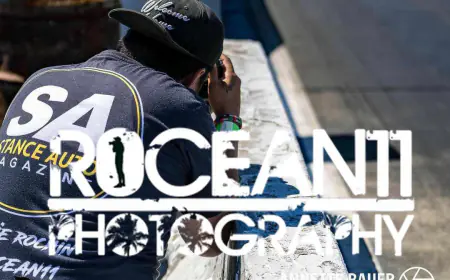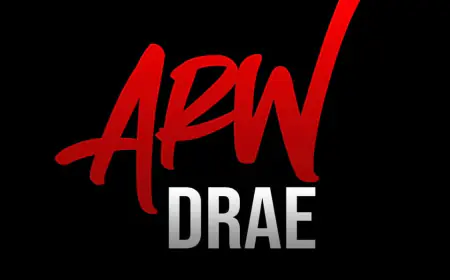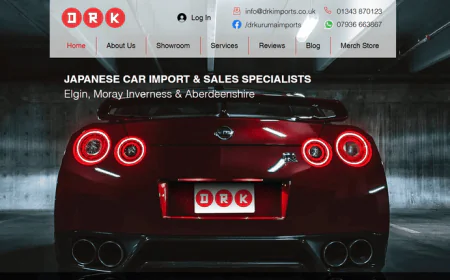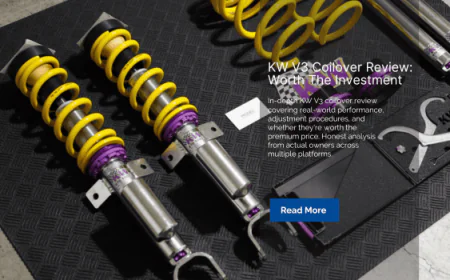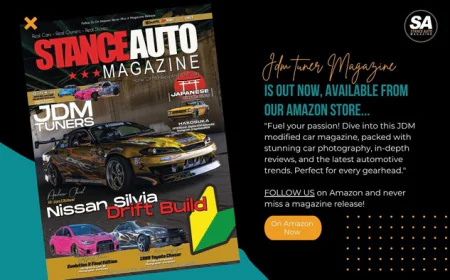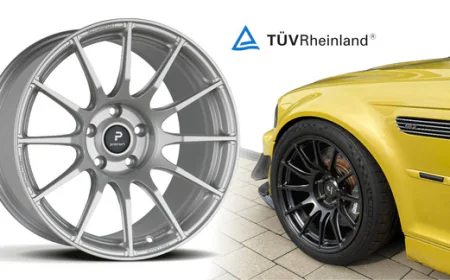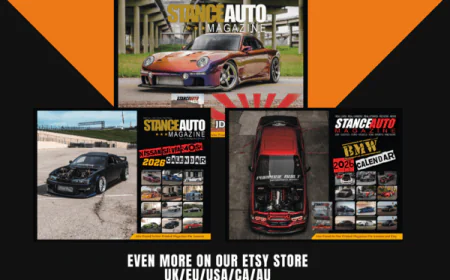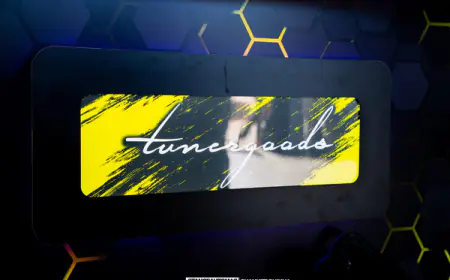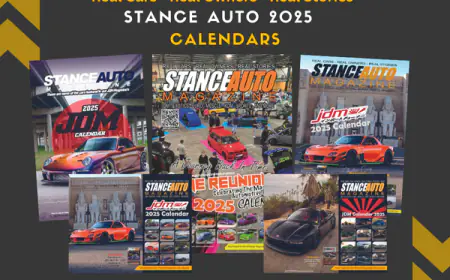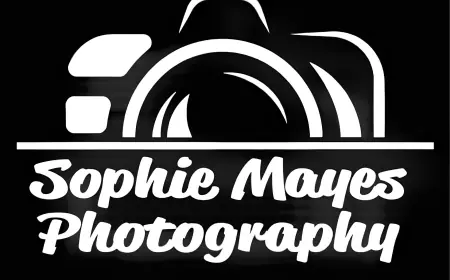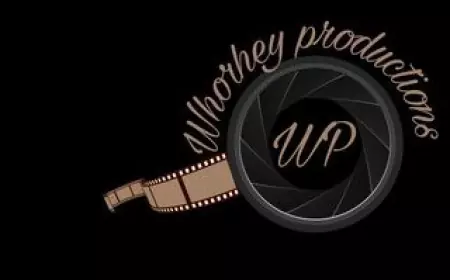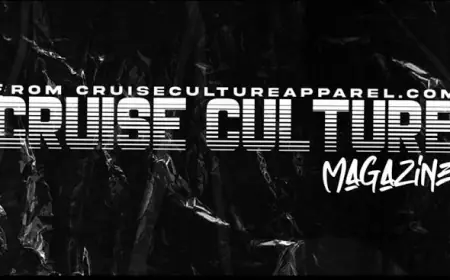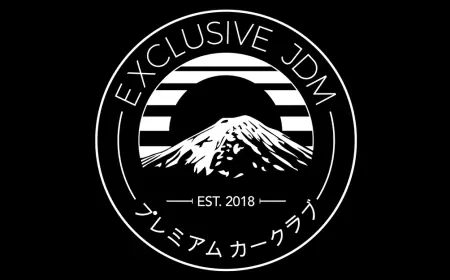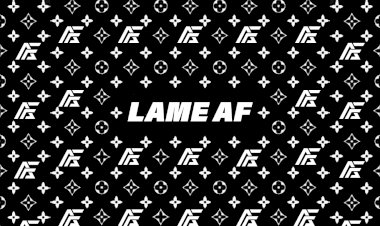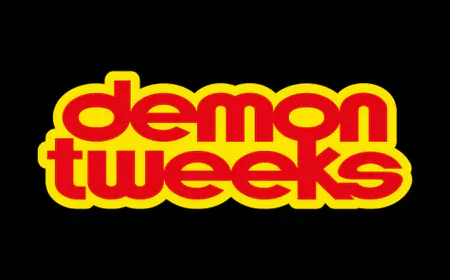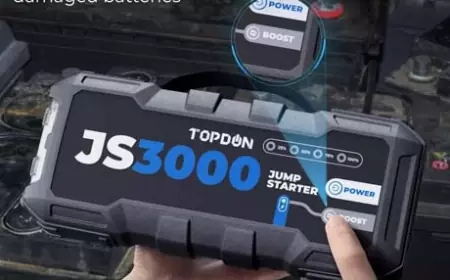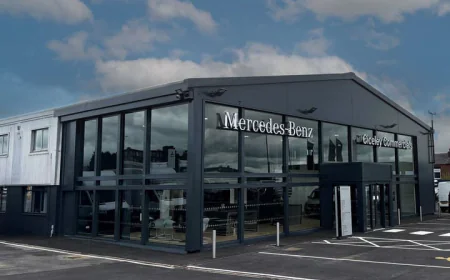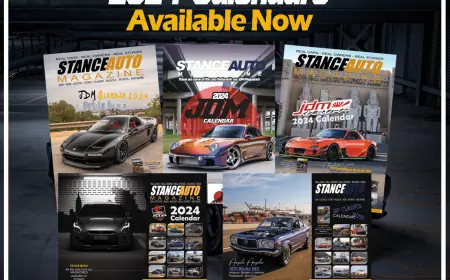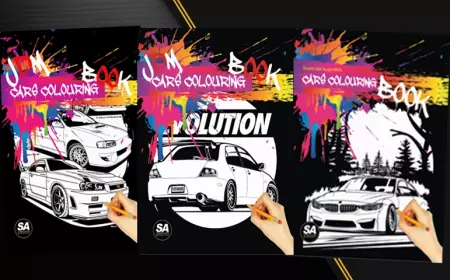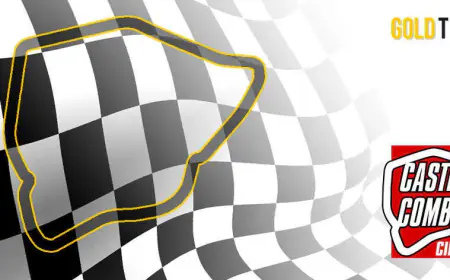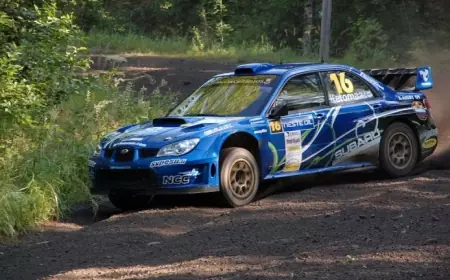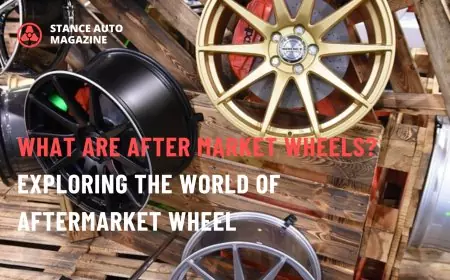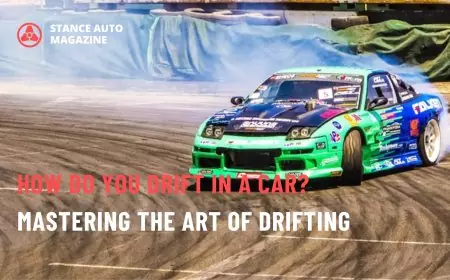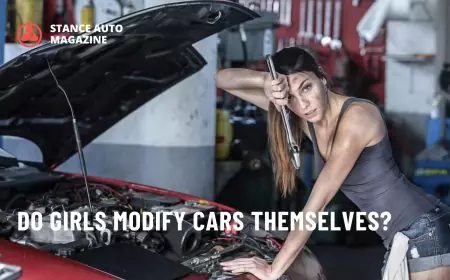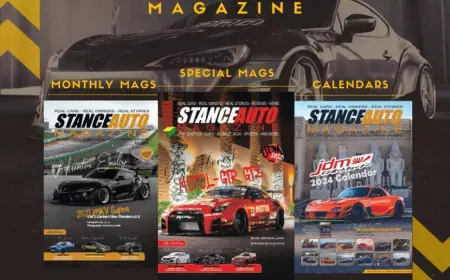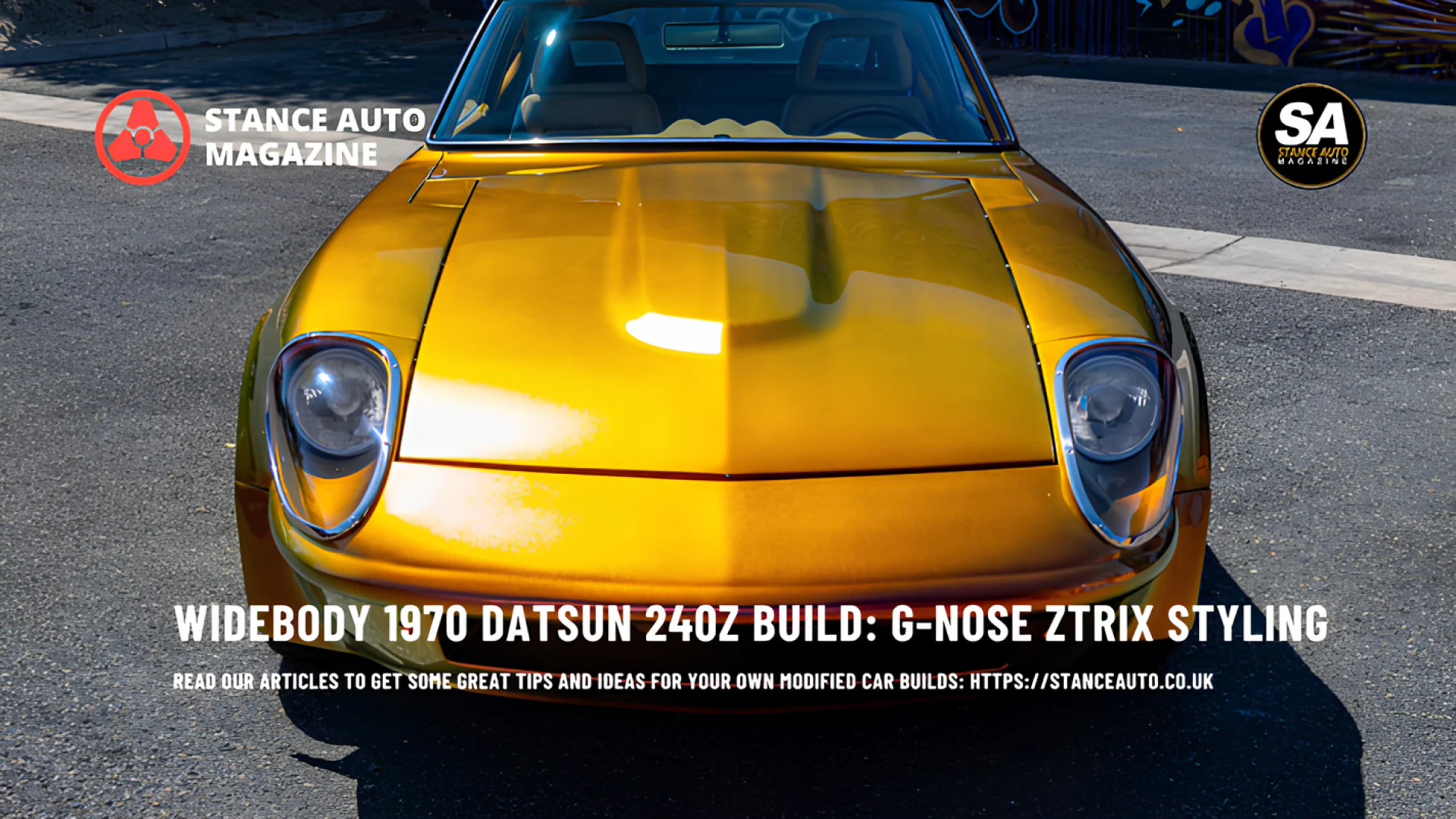The Social Media Fuel Behind Takeovers
Social media platforms like TikTok and Instagram are driving the rise of car takeovers — and it’s changing the culture for everyone. Here’s why clout now costs lives.
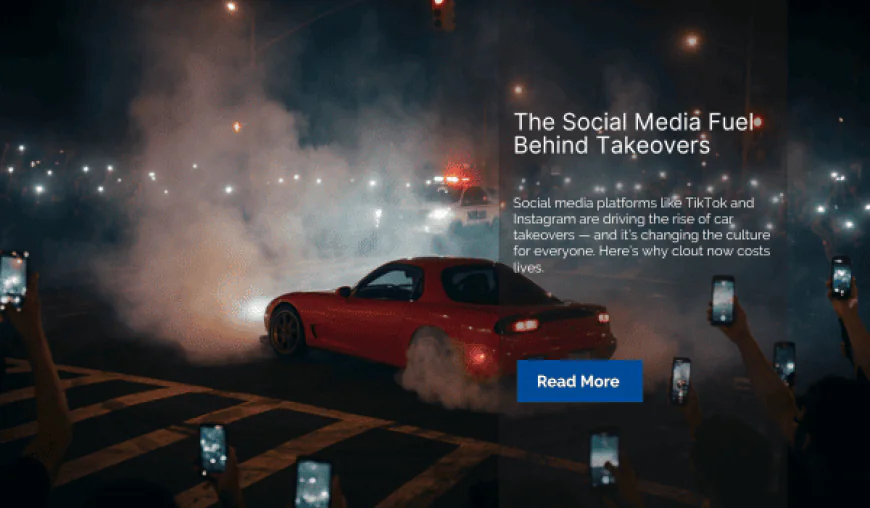
TL;DR
-
Viral clout has become the new currency of the car scene — but it’s pushing takeovers into dangerous territory.
-
Social media platforms amplify chaos faster than organisers or police can contain it.
-
Responsible creators and car communities are fighting back with positivity and education.
The New Gasoline: Attention
Once upon a time, car culture was about craftsmanship, connection, and creativity. You built your ride, showed it off at meets, and earned respect from people who understood what went into it. But in today’s world of likes, shares, and reels, the fuel that drives many has changed. It’s no longer petrol or E85 — it’s attention.
Social media has given everyone a stage, but it’s also given rise to a dangerous kind of showmanship. Takeovers, those chaotic late-night gatherings where drivers block intersections and spin tyres until the air fills with smoke, have found a perfect home online.
Every slide, every flame pop, every close call becomes instant content. The result? Thousands of views in seconds — and sometimes, a lifetime of consequences.
From Parking Lot to Platform
It didn’t start maliciously. Platforms like Instagram helped build the modern car scene — connecting builders, photographers, tuners, and enthusiasts around the world. Pages like @stance_nation and @speedhunters gave exposure to incredible builds that might’ve otherwise stayed local.
But as the line blurred between performance and performance art, the algorithm started rewarding shock value. A perfectly shot photo of a bagged Mk4 Supra might get a few thousand likes. A wild burnout surrounded by cheering crowds? A few million.
That shift changed everything.
Now, events aren’t planned for passion — they’re staged for virality.
Some of the biggest takeover accounts boast hundreds of thousands of followers. Each video becomes a recruitment poster for the next event. A simple tag like #streettakeover or #slidecity can ignite a flash mob faster than any flyer.
The rise of viral car content transformed the culture from community-driven to clout-driven — and that’s where things began to spiral.
The Algorithm Doesn’t Care
Social media algorithms don’t know the difference between a sanctioned drift event and a chaotic street takeover. They only know what keeps people watching.
And what keeps people watching? Danger. Noise. Chaos.
A car spinning out of control draws more engagement than a meticulously tuned time-attack build ever will. As a result, the platforms themselves — unintentionally — fuel the very thing that’s destroying the reputation of the car scene.
Posts tagged with takeover-related hashtags are viewed millions of times every week. TikTok, Instagram Reels, and YouTube Shorts thrive on this kind of instant thrill. Even if the content gets removed later, the damage is done — it’s been shared, downloaded, and reuploaded hundreds of times.
According to the Police Forum’s analysis, social media exposure has been a key factor in the explosive rise of illegal car gatherings, particularly among younger drivers. When fame becomes faster than accountability, culture turns combustible.
Viral Culture, Real Consequences
For organisers and enthusiasts, the ripple effect has been devastating.
Events like Slammedenuff Gatlinburg — a long-running, legitimate show celebrating stance and style — have been directly impacted. As reported on Martini Works’ Facebook, one weekend of unruly behaviour forced organisers to shut down the event mid-show. The heartbreak in that post said it all — years of planning undone by a few reckless individuals chasing social media fame.
And that’s not an isolated incident. Legitimate car shows across the U.S. and U.K. now face scrutiny because of the viral fallout from takeovers. Sponsors pull out, venues refuse permits, and organisers are left cleaning up a mess they didn’t cause.
The Anatomy of a Viral Takeover
Scroll through TikTok or YouTube and you’ll find the same formula playing out again and again:
-
A flyer appears in a private story or Discord channel.
-
Crowds flood in, blocking intersections or car parks.
-
Phones rise like a sea of fireflies, ready to capture the action.
-
Within minutes, clips are uploaded and shared across social platforms.
By the time police arrive, the content’s already viral. The location may be shut down, but the internet keeps it alive. That’s the key problem — the real-world crackdown can’t match the online amplification. Every enforcement success story spawns a dozen copycats inspired by the footage.
It’s not rebellion anymore — it’s marketing.
The Psychology of Clout
Why do people risk it all for a few thousand likes?
Because digital fame feels real. When your video hits a million views, it feels like validation — a form of respect that once came from building, not breaking.
But social media has distorted that reward system. For some, it’s no longer about the car at all. It’s about the spectacle. The sound of the crowd. The moment when everyone’s camera is pointed at you.
It’s addictive. And the platforms know it. That’s why algorithms feed users a constant diet of extreme content. The more outrageous the post, the longer people watch — and the more ad revenue flows in. In that sense, the platforms aren’t just hosts. They’re accelerants.
When the Clout Turns Deadly
The tragedy is that the pursuit of online fame has already cost lives. Across the U.S. and U.K., innocent bystanders have been injured or killed during takeovers. Some of those deaths were live-streamed.
The footage spreads faster than the news itself, drawing even more spectators to future events. Law enforcement agencies now treat social media posts as evidence — not just of crimes, but of intent. In one case, a driver’s Instagram story showing his burnout was enough to get his vehicle impounded and his license revoked.
The internet never forgets.
The Backlash Begins
Thankfully, not everyone’s buying into the chaos. Across Facebook groups, Reddit threads, and community pages, real car enthusiasts are fighting back. They’re using social platforms not to glorify takeovers, but to educate.
Creators are posting breakdowns of how to spot illegal gatherings, how to report unsafe events, and how to keep legitimate meets secure. Many are reclaiming hashtags like #carcommunity and #respectthescene — drawing a clear line between car culture and takeover culture.
You’ll see the same message echoed throughout this series, especially in What Are Takeovers and How Takeovers Are Hijacking Car Culture — this isn’t about hating the next generation. It’s about protecting what car culture truly means.
The Responsible Creators
For every viral takeover clip, there’s a legitimate car creator trying to drown out the noise with authenticity.
Content makers like Fitment Industries, Adam LZ, and Jimmy Oakes show that you can build massive audiences by celebrating real craftsmanship, not chaos. Their success proves that people still crave meaningful automotive stories — builds, track days, restoration journeys, and genuine passion.
Even in the UK, creators like AutoAlex and Seen Through Glass continue to inspire younger fans with content that’s fun but responsible — showing that the real thrill of cars comes from creativity, not destruction. These influencers aren’t just entertainers. They’re gatekeepers of what the culture should be.
When Platforms Push Back
Interestingly, some social platforms are beginning to take notice.
TikTok and Instagram have started banning or limiting the reach of takeover-related content. YouTube’s monetisation policies now flag street racing and reckless driving footage as “unsafe” — removing the financial incentive to post it. It’s a small step, but a meaningful one. By demonetising chaos, the platforms are finally acknowledging their role in fuelling it.
Still, critics argue it’s not enough. Videos continue to resurface under new hashtags. The arms race between creators chasing clout and algorithms chasing engagement shows no sign of slowing down.
Turning the Tide
The only way to truly reclaim the narrative is to overwhelm it — not with outrage, but with better content.
That means showing the beauty of the builds, the stories behind the owners, and the magic of legitimate car events. The kind of work Stance Auto Magazine has championed for years. If the loudest voices online are the ones burning rubber in intersections, then it’s up to real enthusiasts to speak louder — with pride, respect, and creativity. Takeovers might dominate feeds today, but they’ll fade just like every other viral trend. Real car culture? That’s timeless.
A Culture Worth Defending
Social media has connected millions of car lovers — but it’s also given the reckless a megaphone.
It’s time to take it back. To use those same tools to inspire, not incite. To showcase skill instead of stupidity. To celebrate art over algorithms. Because the internet can’t define our culture. We do. And if you’re reading this, you’re part of that fight.
Related Articles for Stance Auto Readers
1. What Are Takeovers? The Dangerous Trend Threatening Car Culture Understand the roots of the takeover movement and why it’s threatening real enthusiasts worldwide.
2. How Takeovers Are Hijacking Car Culture
A deep dive into how chaos and clout are reshaping the reputation of car meets everywhere.
3. The Social Media Fuel Behind Takeovers
How platforms like TikTok and Instagram have turned illegal street chaos into viral currency.
4. How Legit Car Enthusiasts Are Fighting Back Meet the organisers and car clubs reclaiming respect and rebuilding the community.
Call to Action
Do you have a build story like this one? Got a build on a budget? We want to see it. Submit your story to Stance Auto Magazine, and you could be the next featured owner showing the world how to do it right—without breaking the bank.
And hey, don’t forget to tag us on socials. Use #stanceautomag on Instagram, Pinterest and Facebook so we can see (and maybe feature) your ride.
Test Your JDM Car Knowledge and Take Our No. 1 JDM Car Quiz

Order Your Stance Auto Car Magazines From Our Amazon Book Store
Test Your Automotive Knowledge and Take Our No. 1 Car Quiz
Get Noticed Use our Hashtags - #stanceauto #stanceautomag #stanceautomagazine #modifiedcarmagazine
UKTM no: UK00003572459
 Like
0
Like
0
 Dislike
0
Dislike
0
 Love
0
Love
0
 Funny
0
Funny
0
 Angry
0
Angry
0
 Sad
0
Sad
0
 Wow
0
Wow
0
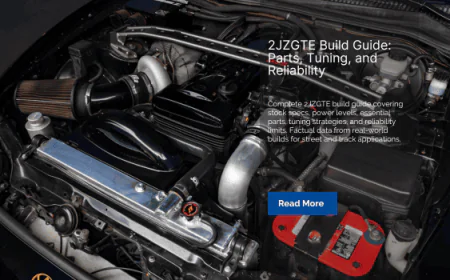

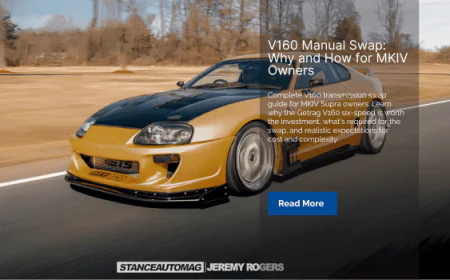
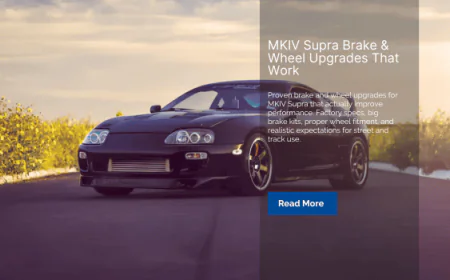
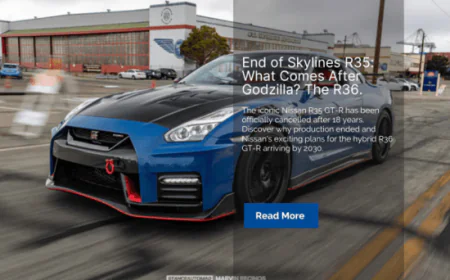

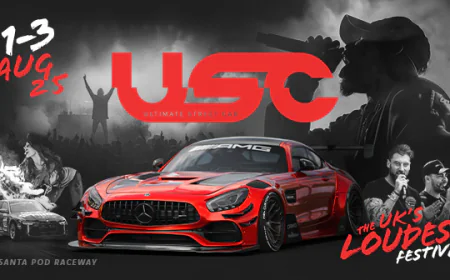
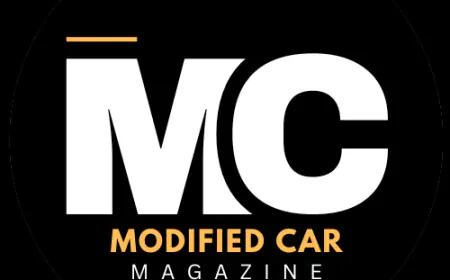




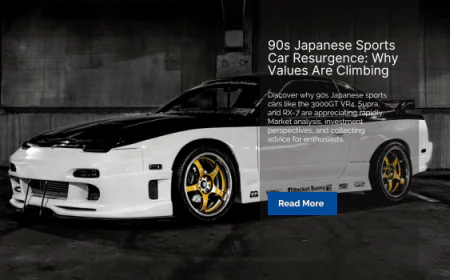
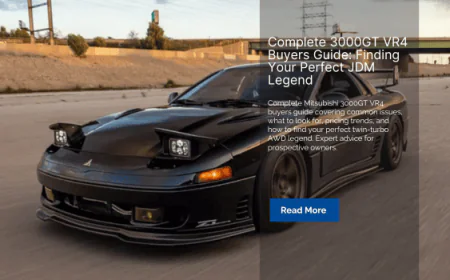
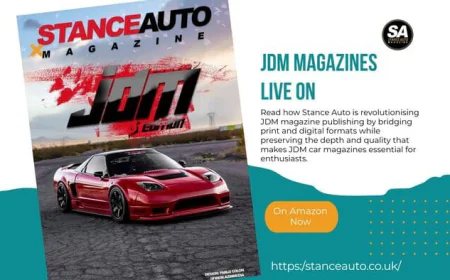
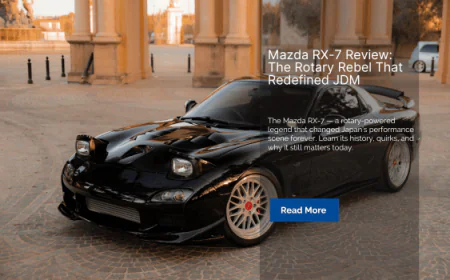
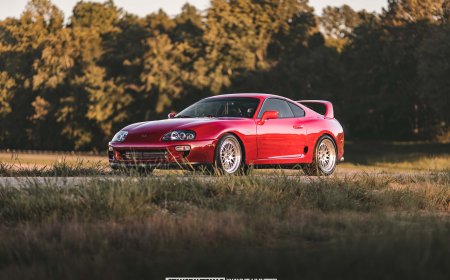
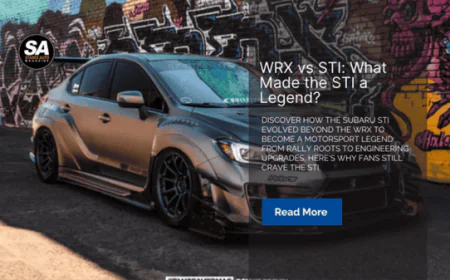
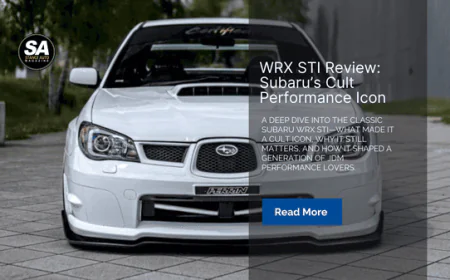
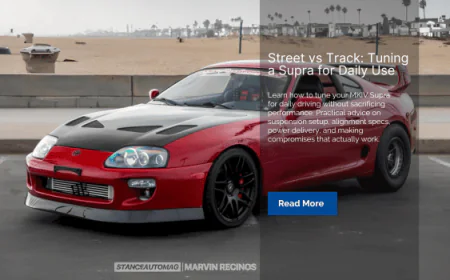
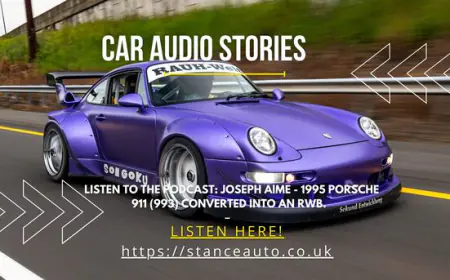
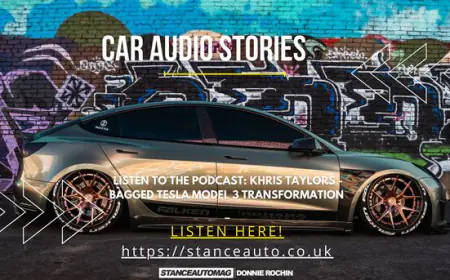
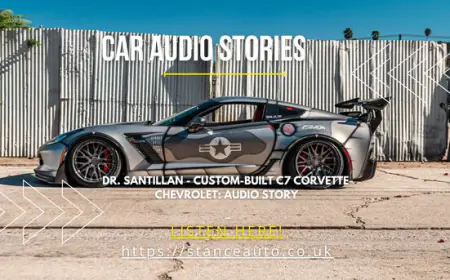


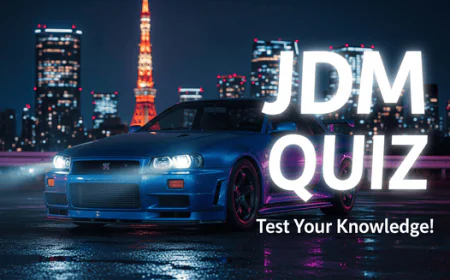
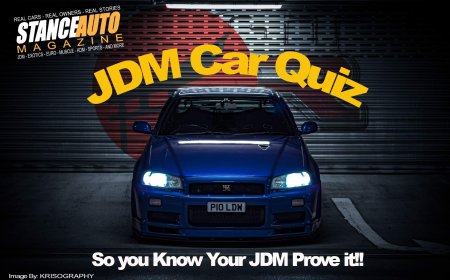

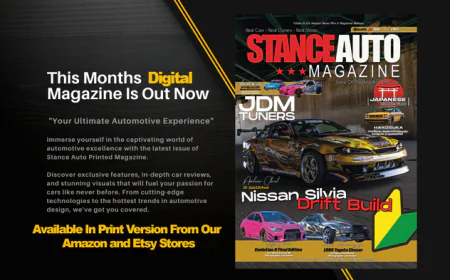
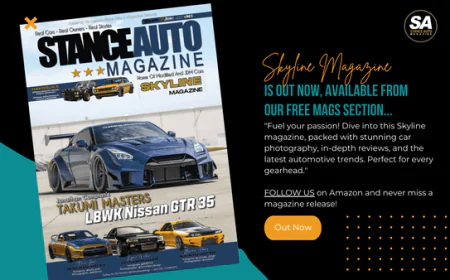

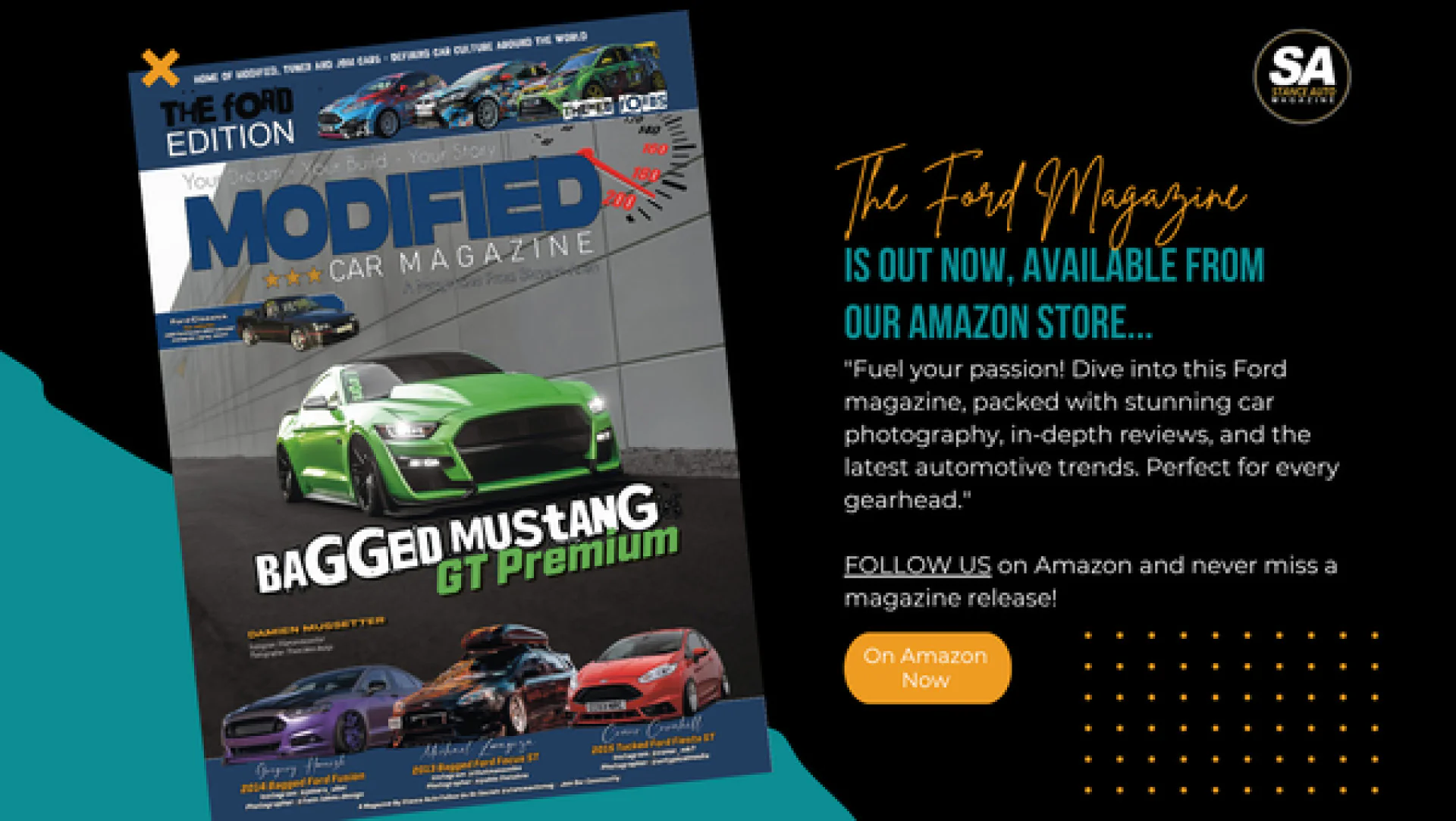


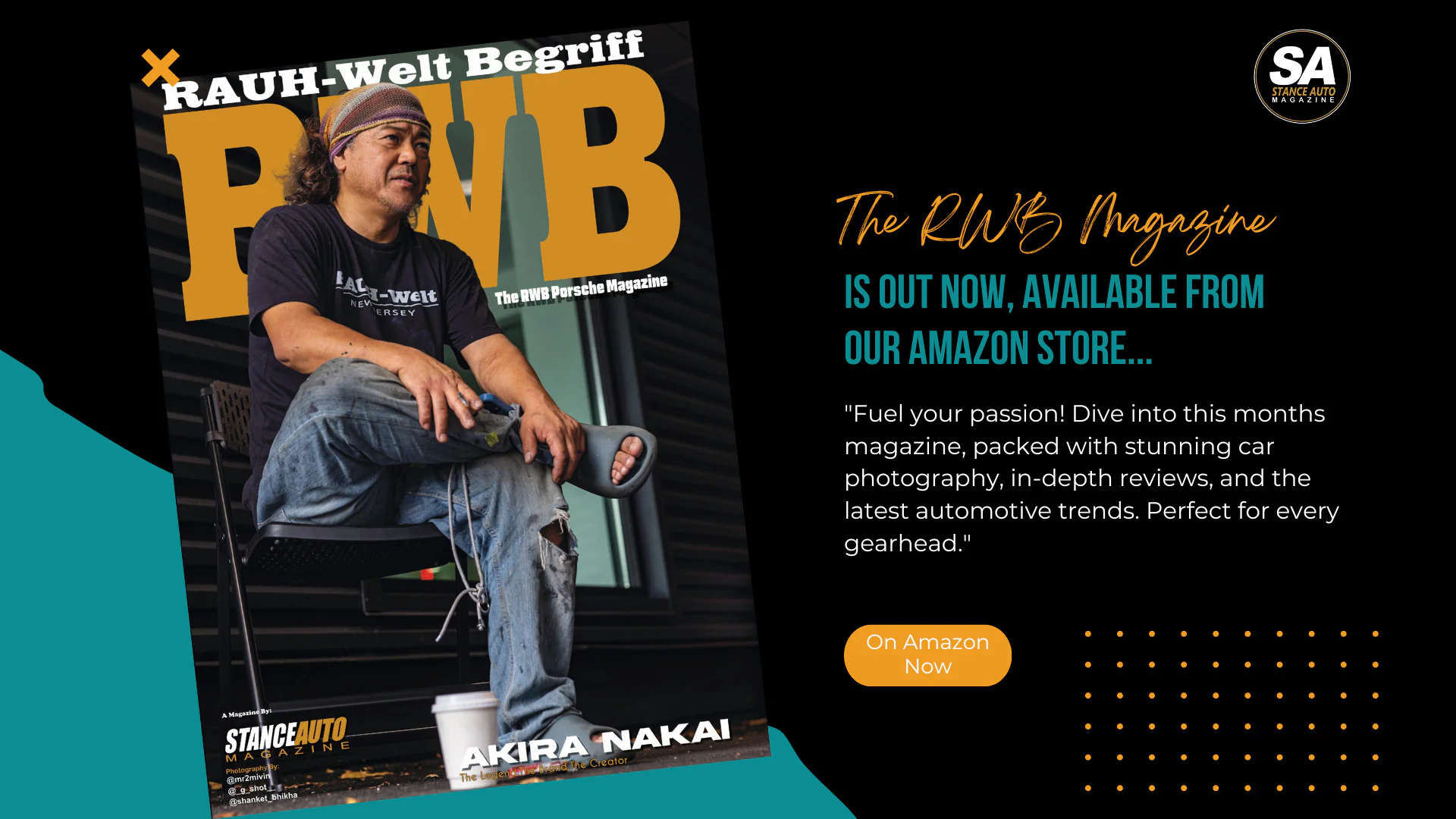
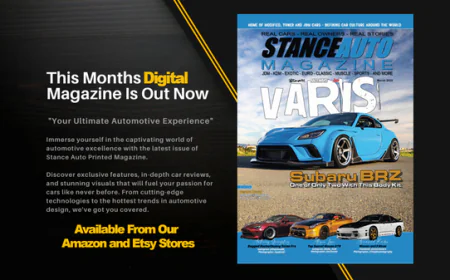
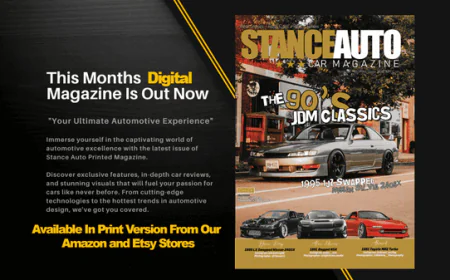
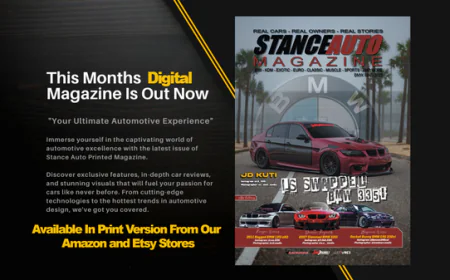
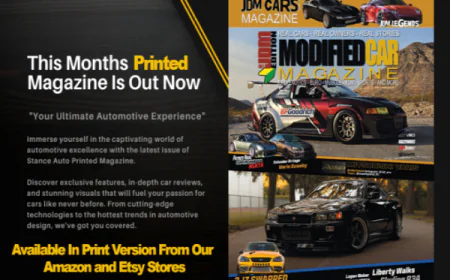
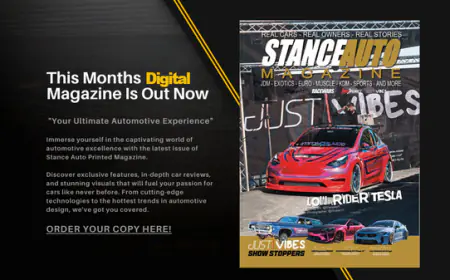
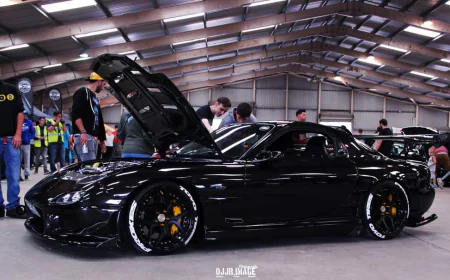
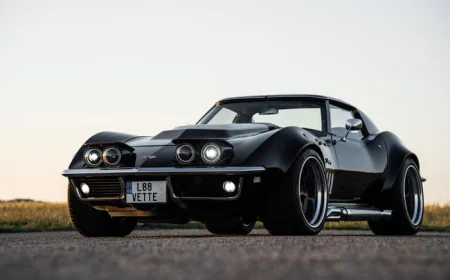
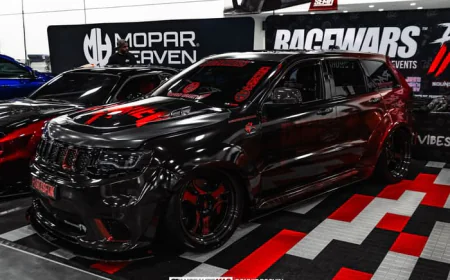

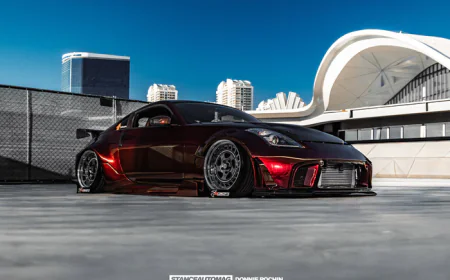
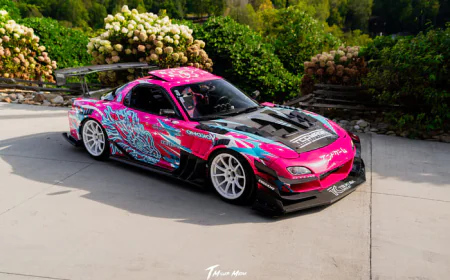
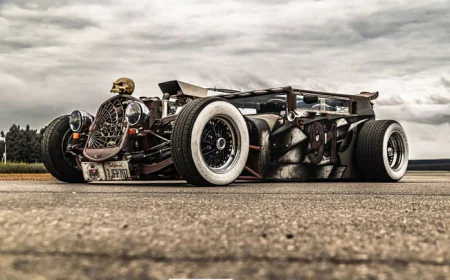
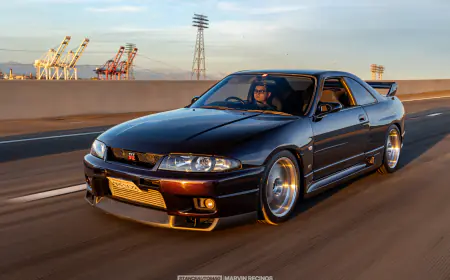
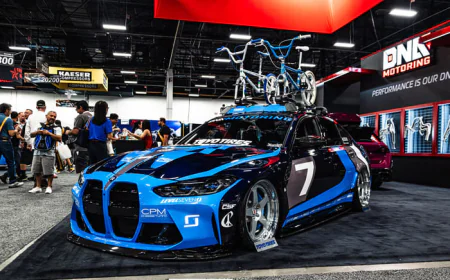
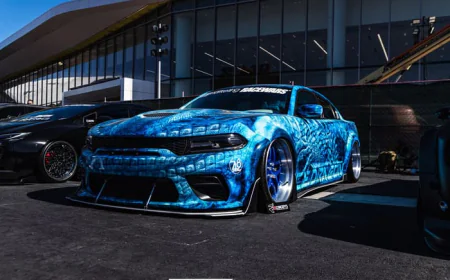
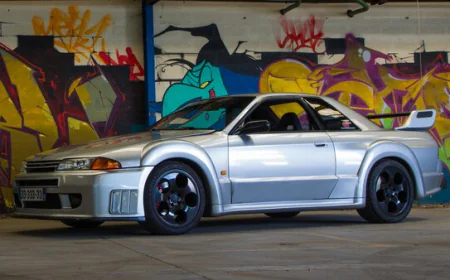
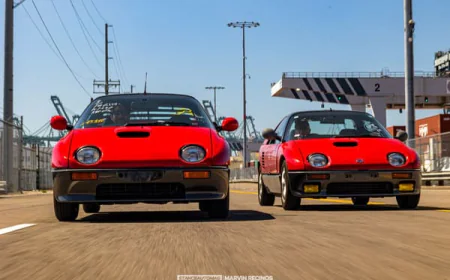
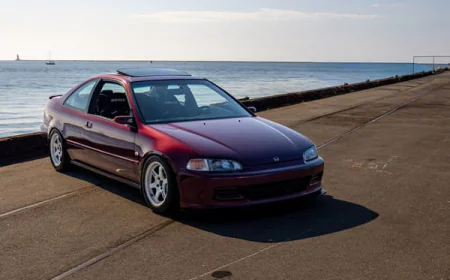
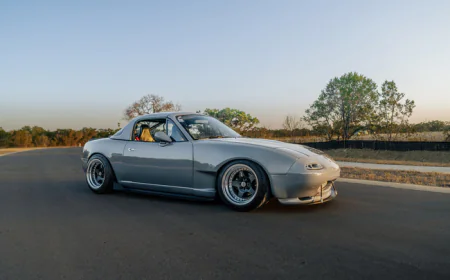

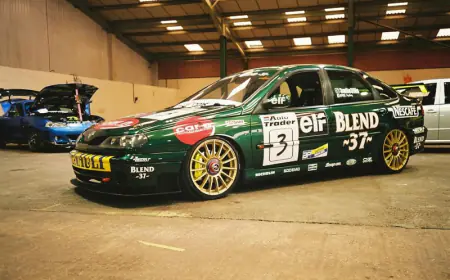

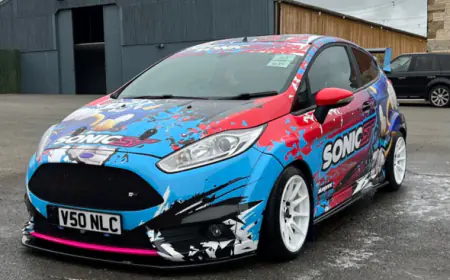

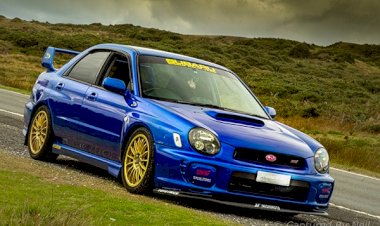

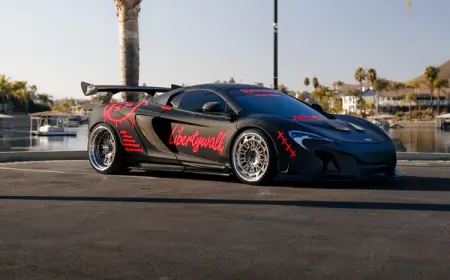
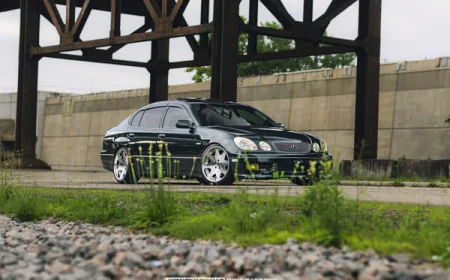


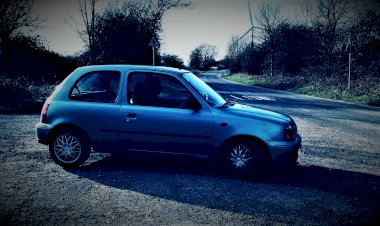

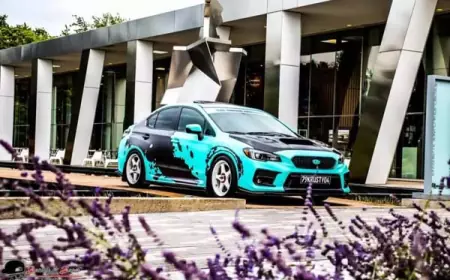


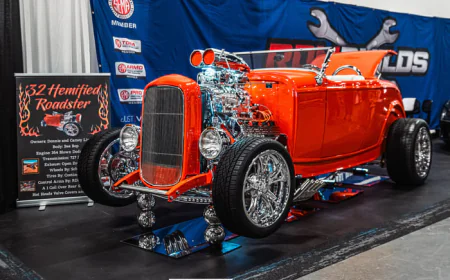
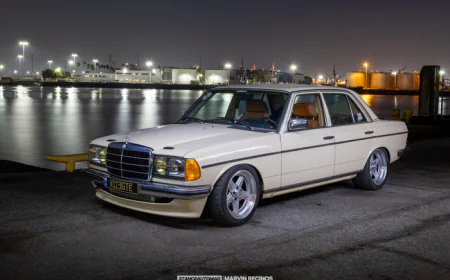

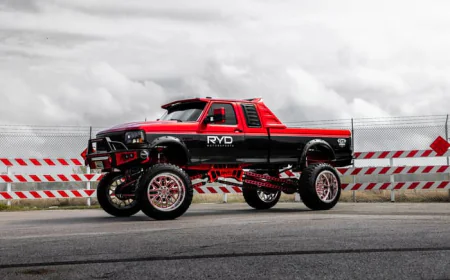
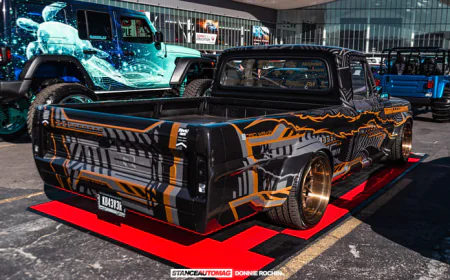
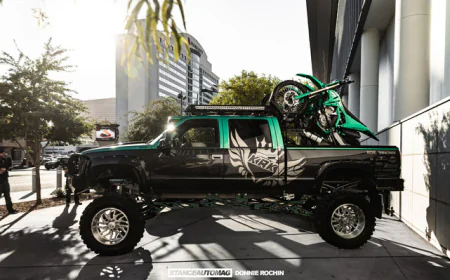


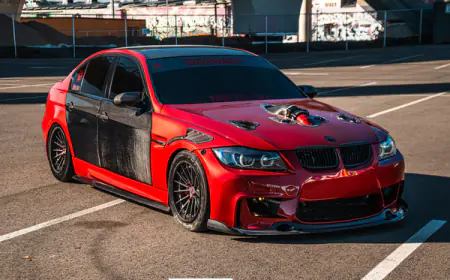
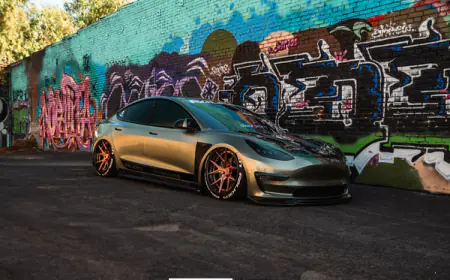
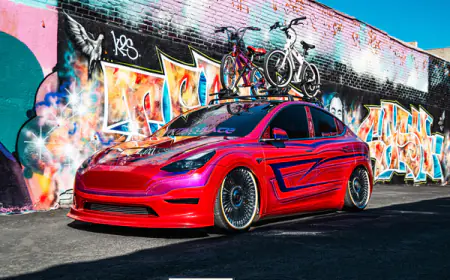


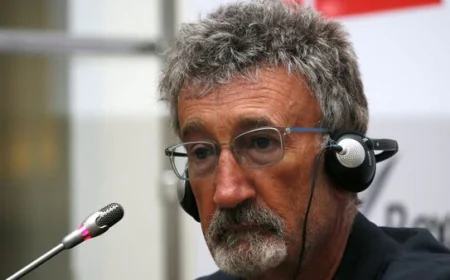
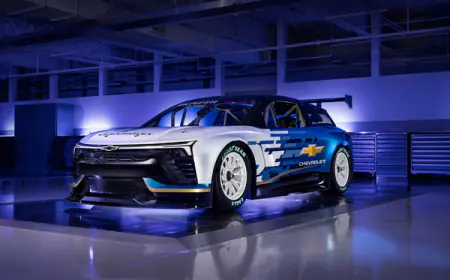

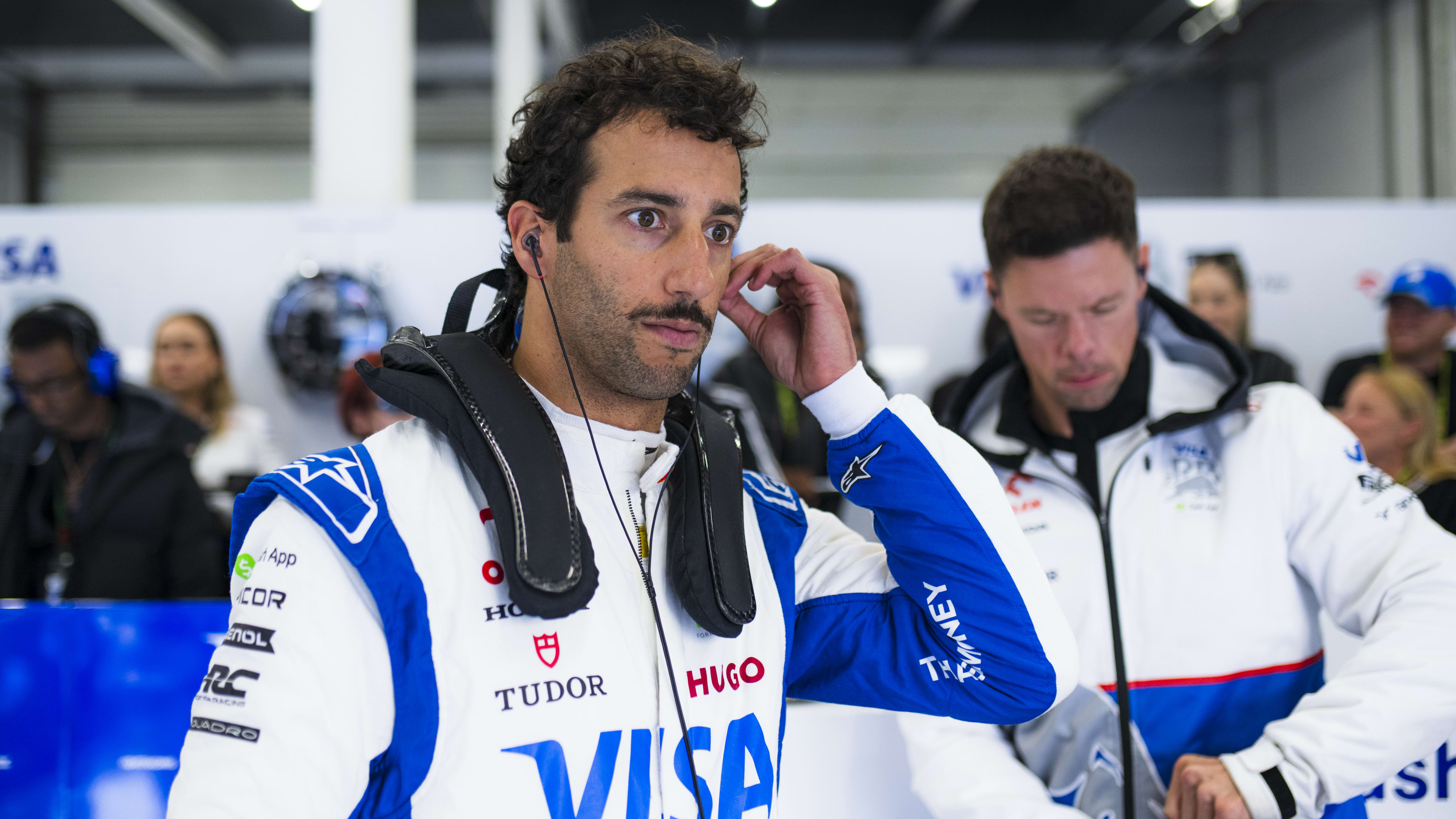
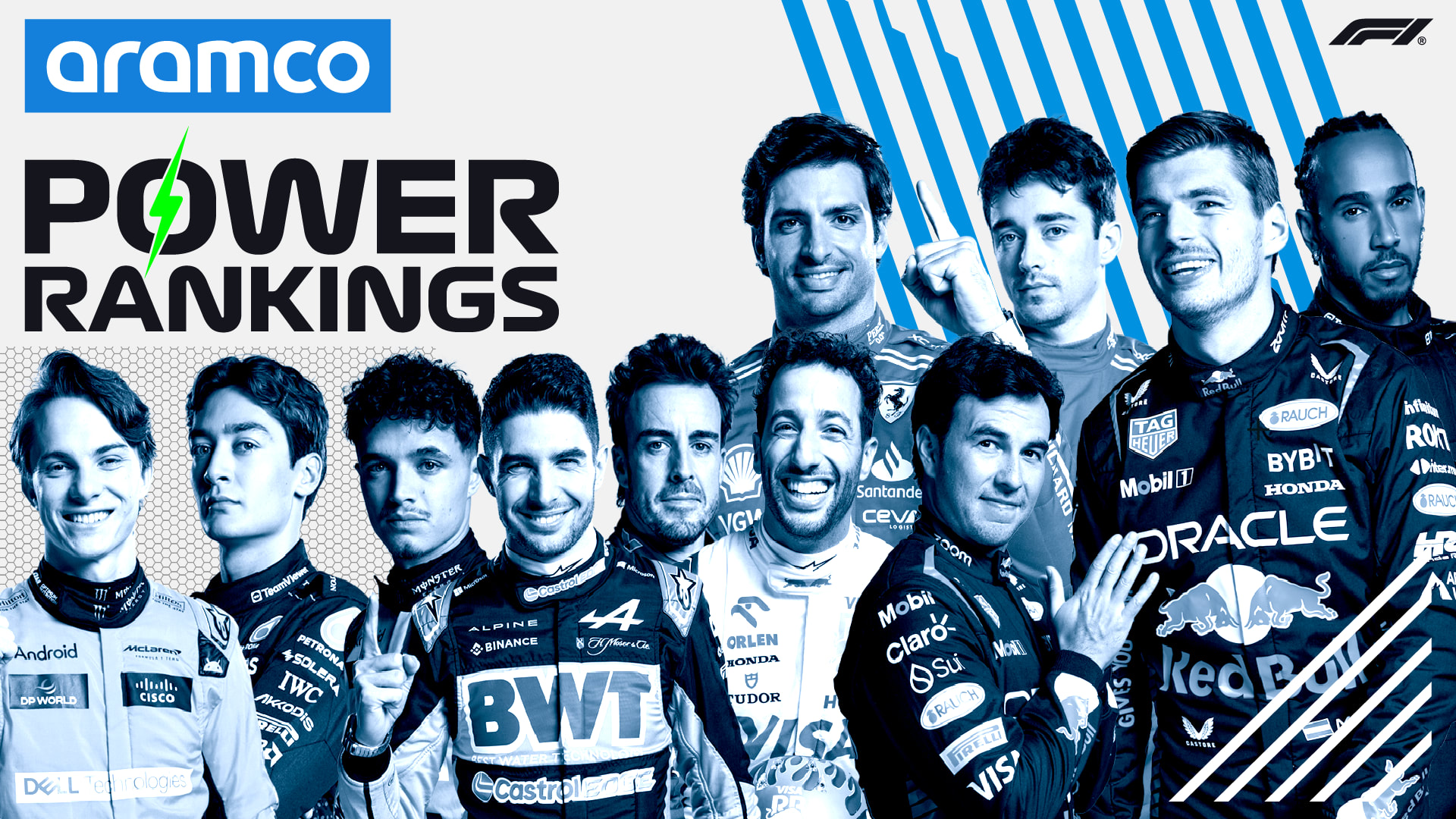
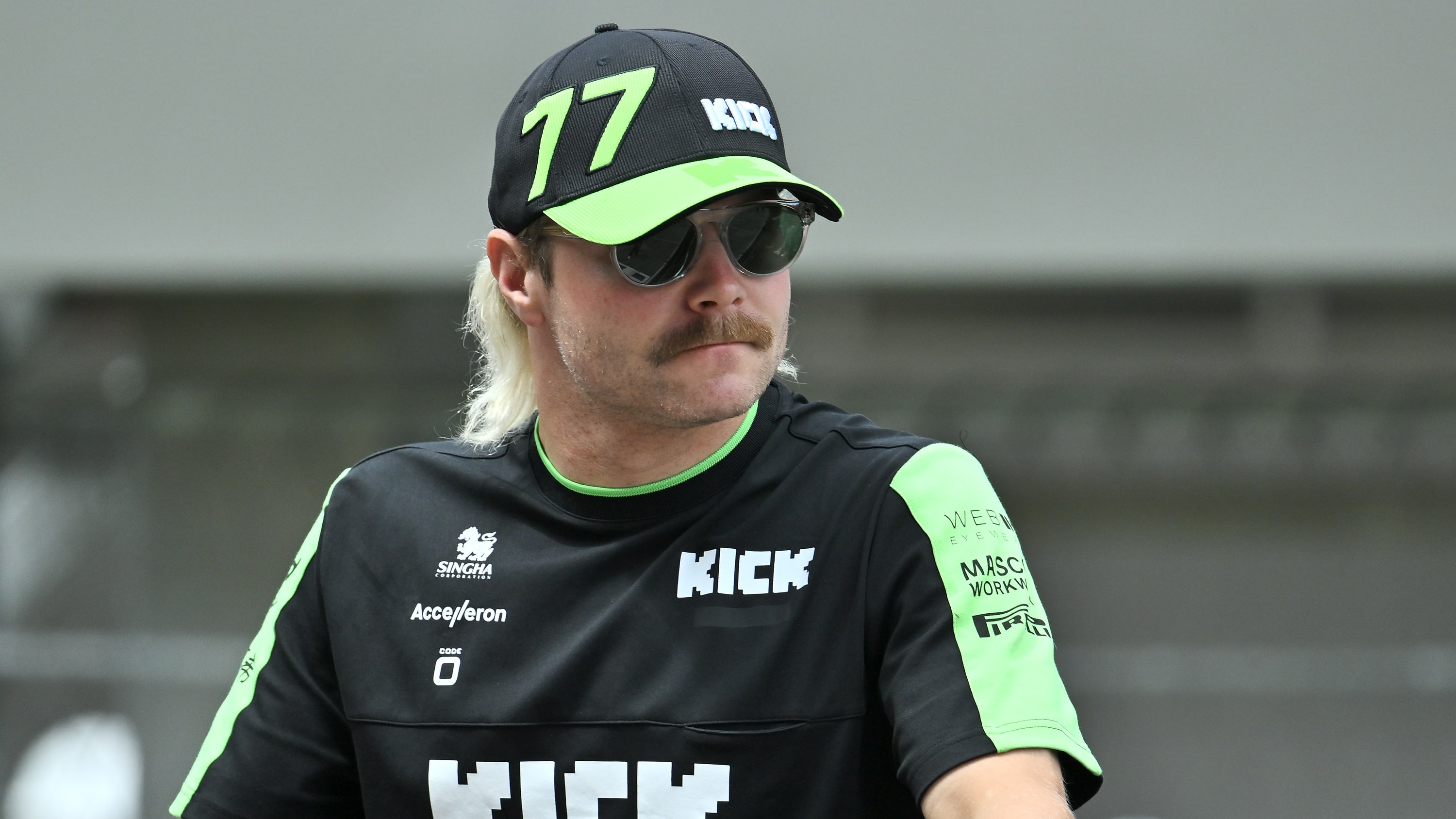
.png)
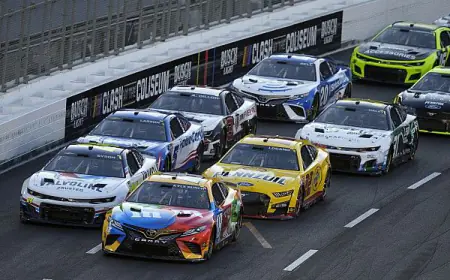
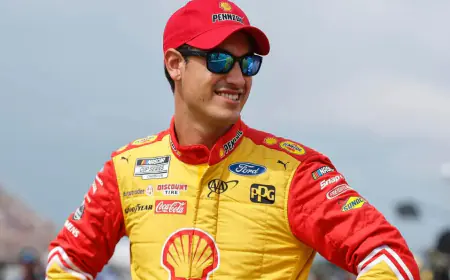
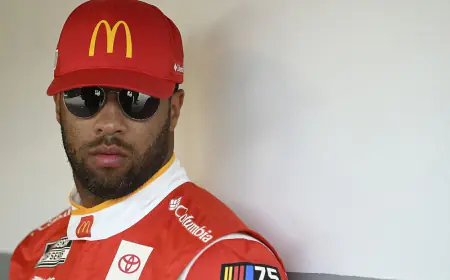

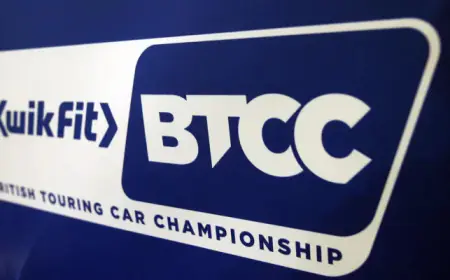
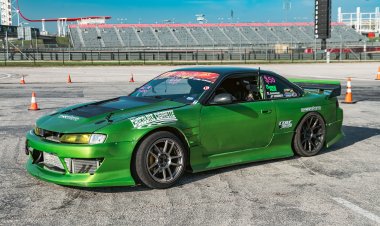



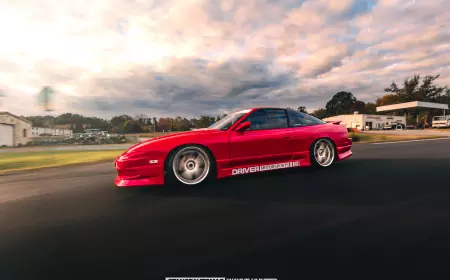
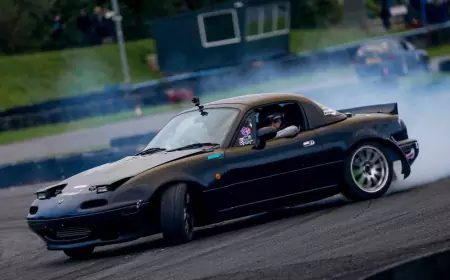

![[HOONIGAN] Ken Block's GYMKHANA NINE](https://img.youtube.com/vi/_bkX5VkZg8U/maxresdefault.jpg)










